~てください (Polite Requests in Japanese)
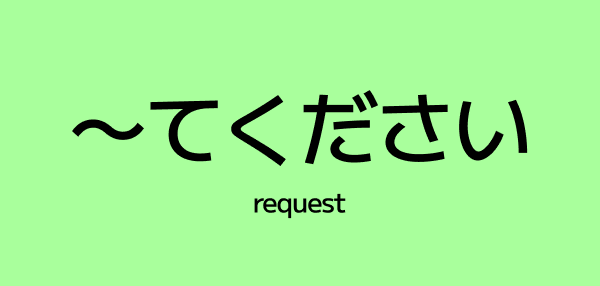
Ever wanted to ask someone to do something in Japanese, like “please wait,” “please come in,” or “please say it again”?
That’s exactly what ~てください is for.
You'll need this grammar form if you want to get what you want from other people. 😉
In this guide, you’ll learn:
- What ~てくださいmeans and when to use it
- How to form it with any verb
- Real examples you’ll hear every day
- Practice exercises to help it stick
Let’s get started!
What Does ~てくださいMean?
「~てください」is the polite way to ask someone to do something in Japanese.
It’s made of:
- A verb in the ~てform
- Plus 「ください」, which literally means “please give (me)” — but when paired like this, it turns into “please do [something].”
Examples:
- まってください→ Please wait
- よんでください→ Please read
- たべてください→ Please eat
It’s polite but still direct, perfect for when you want to make a request without being too forceful.
How to Make the ~てくださいForm
Just follow these two steps:
Step 1: Change the verb to its ~てform
For example,
- のむ→のんで
- たべる→たべて
Step 2: Add「ください」
Done! For example:
- たべる→たべてください→ Please eat
- のむ→のんでください→ Please drink
- まつ→まってください→ Please wait
- はなす→はなしてください→ Please speak
- する→してください→ Please do
- くる→きてください→ Please come
When to Use ~てください
Use this form when you want to politely ask or tell someone to do something.
It’s great for:
- Giving directions
- Asking for help
- Telling someone what to do (nicely)
- Instructions in class, stores, or manuals
Real-Life Examples Using ~てください
You’ll hear these kinds of phrases everywhere:
まってください!
Matte kudasai! → Please wait! (don't goooo~!)
みてください。
Mite kudasai. → Please look.
ドアをしめてください。
Doa wo shimete kudasai. → Please close the door.
ここになまえをかいてください。
Koko ni namae wo kaite kudasai. → Please write your name here.
もういちどいってください。
Mou ichido itte kudasai. → Please say it one more time. (Take note of this one, it's pretty useful...)
きをつけてください!
Ki wo tsukete kudasai! → Please be careful!
これください。
Kore kudasai. → Please give me this. (Not really ~てください, but commonly used to buy stuff at a store. And no, they won't give it to you for free 😅)
Can I Drop the「ください」?
Yes, but only in casual situations.
If you’re talking with close friends or kids, you can drop「ください」and just say the ~てform with a softer tone:
- まって→ wait
- みて→ look
- ちょっとまって→ wait a sec
But for anyone you don’t know well (or in public), keep「ください」 to not sound like a demanding, rude person.
What Does「ください」Really Mean?
「ください」comes from the verb くださる, which is the polite/honorific way to say “to give” in Japanese.
So originally,「~てください」literally meant something like:
“Please do [this action] and give it to me.”
Over time, it simply came to mean: → “Please do this.”
You’ll still seeくださいused on its own too:
- これをください。→ Please give me this.
- みずをください。→ Water, please.
So whether it’s giving a thing or giving an action, 「ください」is basically the way to say “please.”
Practice Time!
Practice 1: Make a Request
Turn these verbs into ~てくださいform:
のみます→__________
はなします→__________
かきます→__________
きます→__________
します→__________
Answers:
のんでください
はなしてください
かいてください
きてください
してください
Practice 2: Translate It!
Write these in Japanese using ~てください:
- Please speak slowly.
- Please turn right.
- Please take a seat.
Answers:
- ゆっくりはなしてください。
- みぎにまがってください。
- すわってください。
Final Recap
~てください is the Japanese grammar pattern for making polite requests.
- Use it when you want to say “please do…”
- Just take the ~てform of a verb and addください
- It’s direct but polite for everyday Japan life
Use it at work, in stores, on signs, and with anyone you want to speak to respectfully.
Related Grammar
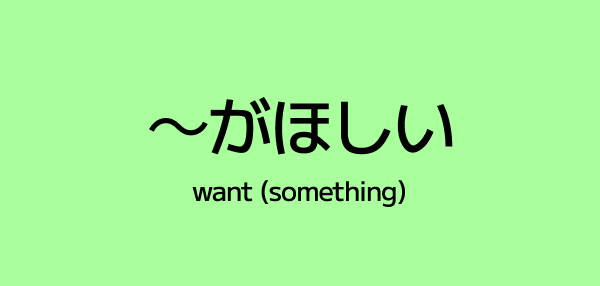 E Rank
E Rank~がほしい – How to Say “I Want…” in Japanese
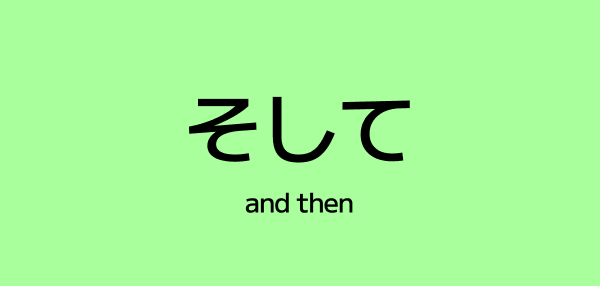 E Rank
E RankHow to Use そして (soshite) – “And Then” in Japanese
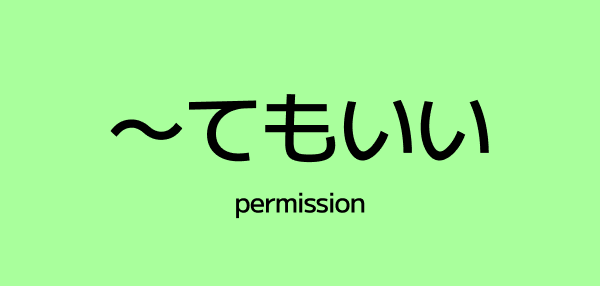 E Rank
E Rank~てもいい (Asking or Giving Permission in Japanese)
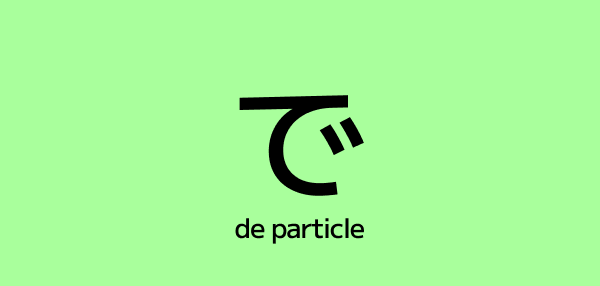 E Rank
E RankThe で (De) Particle
The particle 「で」 is essential for expressing where an action happens, how it's done, and what tools or methods are used.
